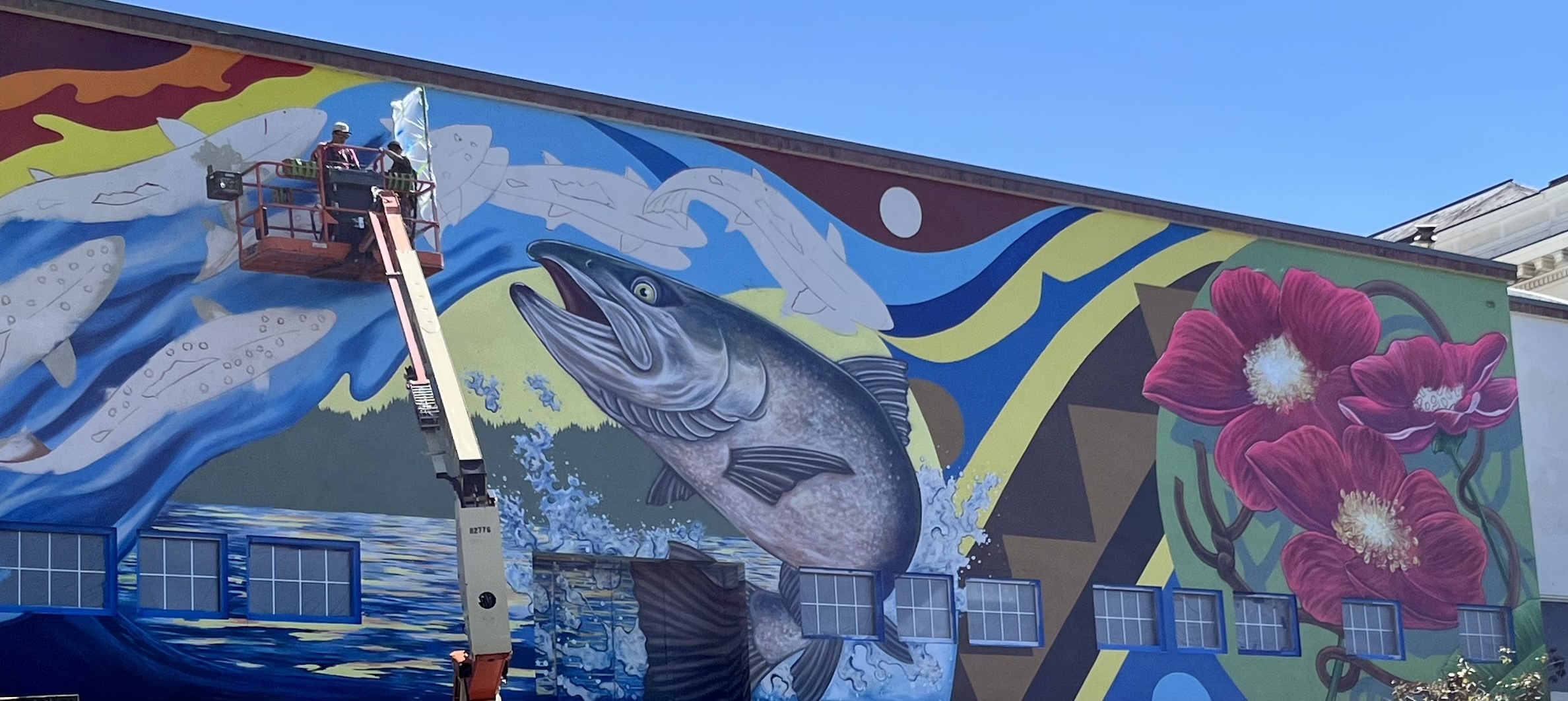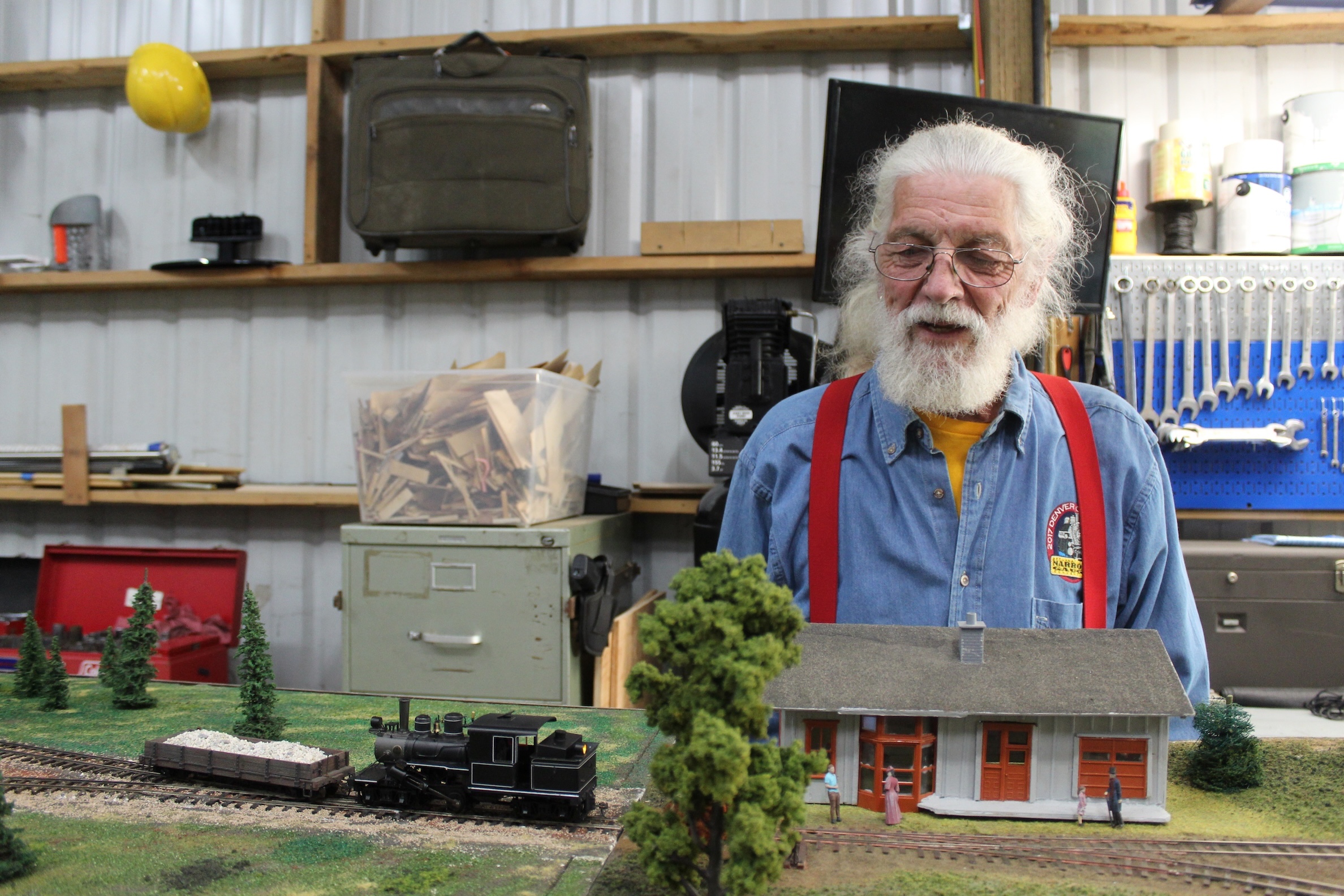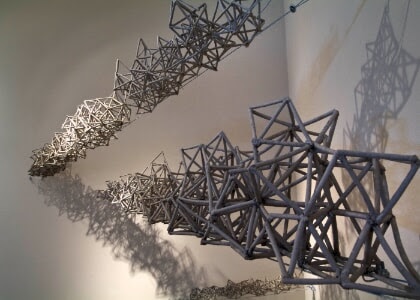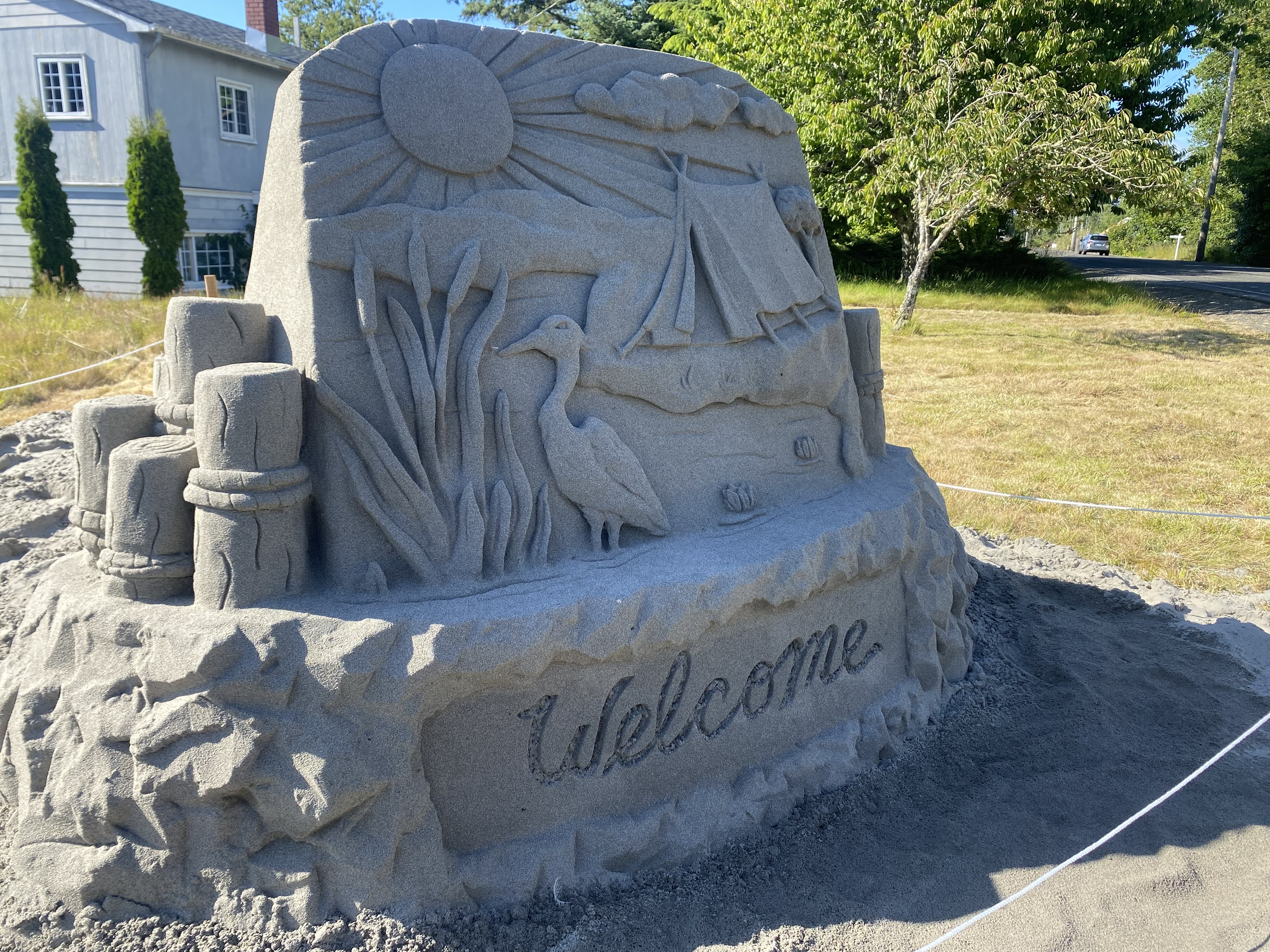Coastal artist celebrated in Ten Fifteen Theater’s ‘Bartow’
Published 9:00 am Monday, October 2, 2023
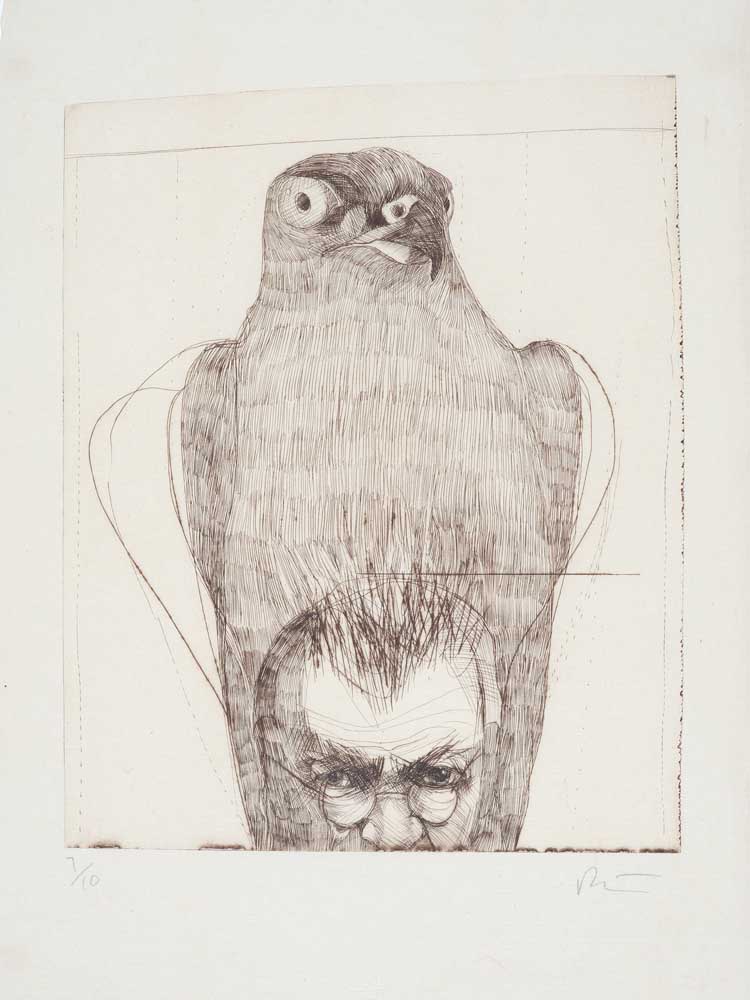
- “Me & Spegi,” a drypoint etching by Rick Bartow.
Rick Bartow, a contemporary coastal artist and member of the Wiyot tribe of California who died in 2016, is the subject of an upcoming staged reading at Astoria’s Ten Fifteen Theater.
Trending
“I am a huge fan of his work,” said Annie Eskelin, executive director of Astoria Visual Arts, who is delighted at the celebration. “He was one of the nation’s most prominent Native American contemporary artists.”
Bartow is the central character in the Ten Fifteen Theater reading, running at 7:30 p.m. Friday and Saturday and 3:30 p.m. Sunday.
Author Greg Berman and Portland gallery owner Charles Froelick will speak with the audience after the Saturday performance. Their appearance will be moderated by artist Philip Barasch. The gallery will also provide exhibits at the theater, previewing a storytelling theme that pervades their members’ showcase in October.
Trending
Bartow was a Native American artist who grew up in Newport. He worked in graphite and mixed media, creating drawings and prints, acrylic paintings, drypoint etchings, wood sculptures and monotypes.
His art features animals like hawks, ravens and eagles, many reflecting Native American transformation stories.
A staged reading
7:30 p.m. Friday and Saturday, 3:30 p.m. Sunday, Ten Fifteen Theater, 1015 Commercial St., Astoria
Tickets are $15
www.thetenfifteentheater.com
The reading, being performed in person for the first time, is being directed by Danyelle Tinker, executive director of the Ten Fifteen Theater.
Julian Painter appears as Bartow and Connor Swan plays a former art student who switches to a medical career and becomes Bartow’s caregiver, even as his troubles emerge.
To highlight surreal elements in Berman’s script, Bill Honl, Olive Delsol and Deborah Jensen take on multiple characters, including a bear, a coyote and a deer, as well as other caregivers. Rhonda Warnack portrays a circus figure from a Bartow painting, as well as the medical student’s mother.
Painter, who is Native American, savors Bartow’s significance as an Indigenous artist who embraced many styles. “It is interesting to learn about him as I am portraying him,” said Painter, an artist who writes poetry and music. “It is kind of nice to connect with someone who did similar things.”
Bartow earned a bachelor’s degree in art education from Western Oregon University in 1969. His service during the Vietnam War as a teletype officer, who played music to soothe wounded combatants, left him with post-traumatic stress disorder.
In his hometown, he was a guitar and bongo player who wrote songs for his band, Bartow and the Backseat Drivers.
Bartow’s artistic status mushroomed with national recognition after a 1985 Portland exhibit. The content and style of his art changed in his later years as battles with sobriety, mental health and the loss of his wife to cancer, were exacerbated by two strokes.
His work can be found in the Brooklyn Museum in New York, the Peabody Essex Museum in Massachusetts and the Portland Art Museum.
The state of Oregon owns at least four pieces, displayed at the Hatfield Marine Science Center in Newport and on the main campus of Oregon State University. The Smithsonian’s National Museum of the American Indian commissioned him to create a cedar sculpture overlooking the National Mall in Washington, D.C.
Eskelin, at Astoria Visual Arts, celebrates the title of Bartow’s national work, “We Were Always Here.” A similar phrase, “We’ve existed always,” is adopted by the Chinook Indian Nation.
Greg Berman is excited to see his work performed onstage at the Ten Fifteen Theater.
Berman, a Portland-based psychiatrist for 20 years, earned a master’s in fine arts degree from Lesley University in Massachusetts. His studies in dramatic writing spurred him to write “Bartow.”
It has been performed online, but this weekend’s Astoria staged reading, directed by Danyelle Tinker, is its first in-person performance.
The late Newport artist’s life story, especially the variety of challenging art he produced before and after two strokes, fascinated Berman. His play portrays the Native American artist and his caregivers, including a troubled former art student, as well as sharp-toothed critters plucked from Bartow’s artwork.
“I like the fusion between animals and people,” Berman said.
Much was inspired by a book called “Things You Know But Cannot Explain,” which accompanied a five-year touring retrospective of 115 examples of Bartow’s work that began at the Jordan Schnitzer Museum of Art at the University of Oregon. Themes included gesture, self, dialogue, tradition and transformation.
“I am excited about him and his art,” Berman said. “Bartow is a very important contemporary artist coming from a place of trying to do something new and different.”
Berman keeps returning to a core question: “Is creativity a destination to work towards or a pathway to healing?” He said Western medicine doesn’t provide satisfactory answers to what forces are at work, sometimes artists need to teach the healers.
“I am in awe of this idea that you can undergo a brain’s transformation and make art,” he said. “It changes the art, as does aging or having a stroke. I am drawn to someone like Rick Bartow as a role model.”
An essay by Berman reveals themes he visits in the play. “What causes some artists to self-destruct and others to heal and what role does the creative process play?” he wrote. “Bartow has a fighting chance, maybe because of his art-making, or sobriety, or rediscovery of a lost cultural past.”


